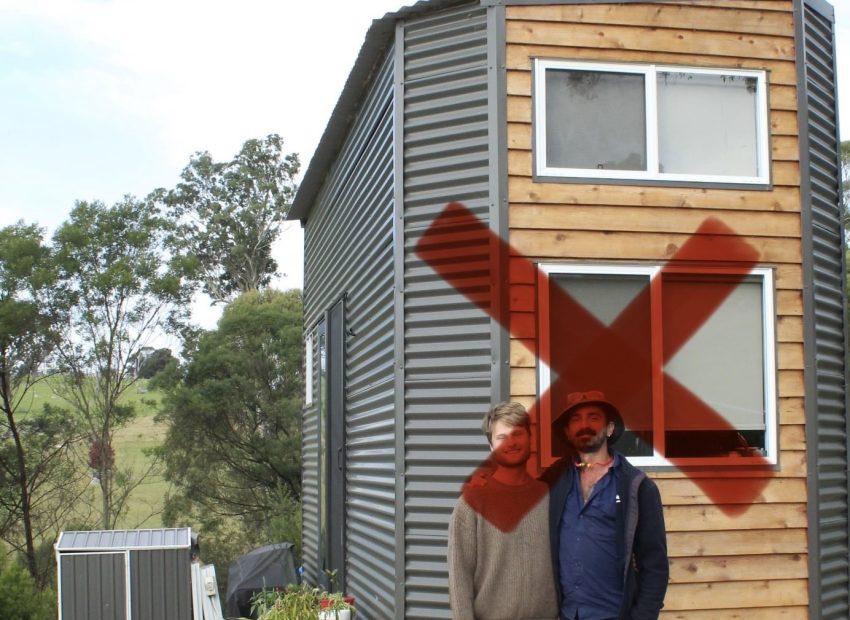Bega Valley Shire Council has hit back at claims a tiny house on wheels on a property at Coolagolite is permitted under state regulations.
Josh Heins and his partner have lived on the property for the past two years but their landlord recently received an order from council to remove it within 21 days or face a penalty of up to $1-million and a $10,000 a day fine.
Council Director Emily Harrison said tiny homes are required to comply with planning laws including obtaining development consent except in limited circumstances.
She said tiny homes are currently not defined under the NSW planning framework.
Full statement from Council’s Director of Community, Environment and Planning, Emily Harrison.
Council is not able to discuss the details of individual cases, however please find below some information and context on the broader issue of tiny homes and decision processes.
Council generally provides a minimum of 14 days for people to respond to formal notification of a proposed order, however in this case, 21 days was provided to take into account the public holidays. The letter and draft Order were sent to the property owners, not Mr Heins, as per legislative requirements. Council staff are now considering the response received from the property owners to determine next steps.
Tiny homes are not defined under the NSW planning framework. In NSW, a tiny home could be a dwelling house, secondary dwelling (i.e. a granny flat), or a movable dwelling which could be a manufactured home or caravan. Which definition it fits will depend on its use and how it is built.
In NSW, a land use approval is required in most cases to give consent to use the land as a dwelling – this is done through the lodgement and assessment of a Development Application under the Environmental Planning and Assessment Act 1979 (NSW). The type of dwelling then needs approval either as a building under the Environmental Planning and Assessment Act 1979 or as a manufactured home or caravan (movable dwelling) under section 68 of the Local Government Act 1993.
State Environmental Planning Policy (Exempt and Complying Codes) 2008 allows for certain development to be carried out on certain land zonings without approval. If development does not satisfy the criteria of this SEPP then development consent is required.
The Local Government Act 1993 allows for caravans to be exempt from approval in limited circumstances, in particular where they are used by a member of the household, however whether a structure is a caravan or not depends on a number of factors. Council has seen an increase in the sale and promotion of structures that do not meet the definition of a caravan and are not exempt from approval. Council urges anyone considering purchasing a ‘caravan’ or ‘moveable dwelling’ to use as a dwelling to visit our website (https://begavalley.nsw.gov.au/council/tiny-homes-granny-flats-caravans-manufactured-homes) for further information or contact Council’s development hub to seek advice (council@begavalley.nsw.gov.au).
The development consent process has been designed to ensure that health, sanitation, safety and environmental impacts are considered, including vegetation removal, disposal of wastewater and building standards including fire safety. If the development consent process is not followed, Council cannot be assured that these impacts have been addressed or that the development is able to be approved.
These laws are not Council laws. They are NSW Government legislation that Local Government is required to enforce.
Council has been advocating to the state government for over 18 months for legislative change to make the legal status of structures like ‘tiny homes’ clearer for the community. We are expecting the state government to release further information in the next month or so. Council has also been actively working with the state government to increase the supply of social and affordable housing in the shire, as well make changes to our local planning framework to incentivise development in our towns and villages that already have essential water and sewer infrastructure. Council is acutely aware of the housing crisis, however personal and environmental health and safety are key considerations in any housing solution.









